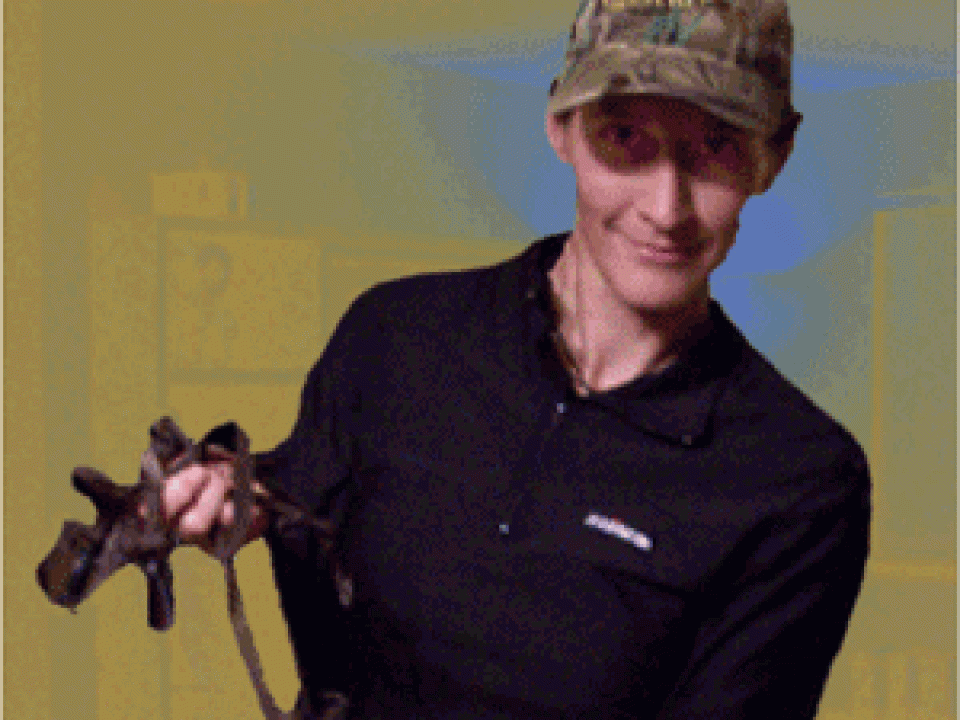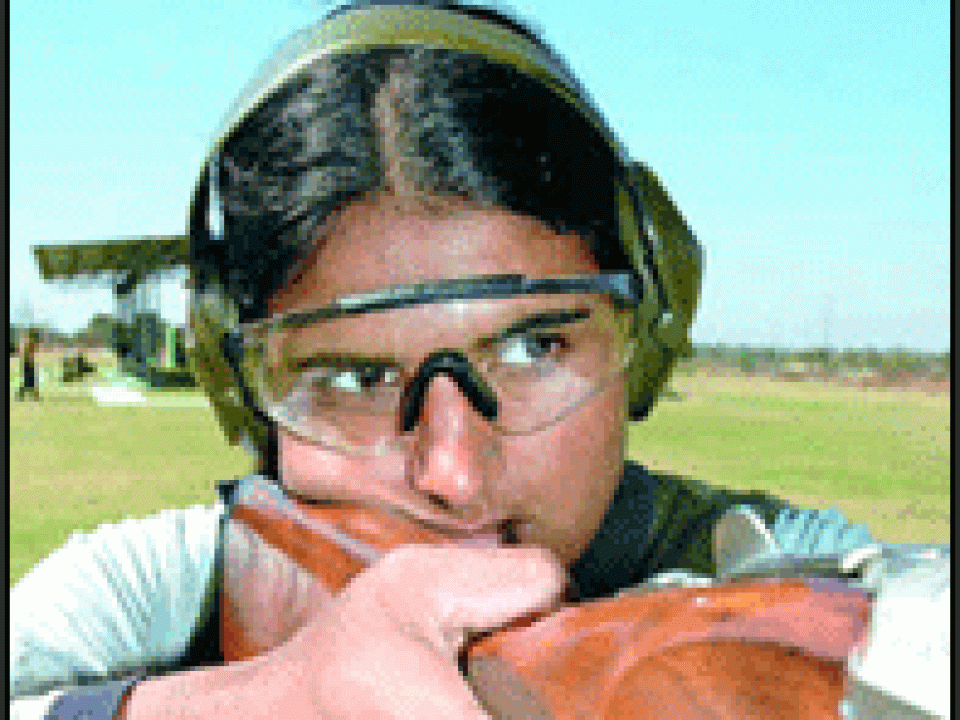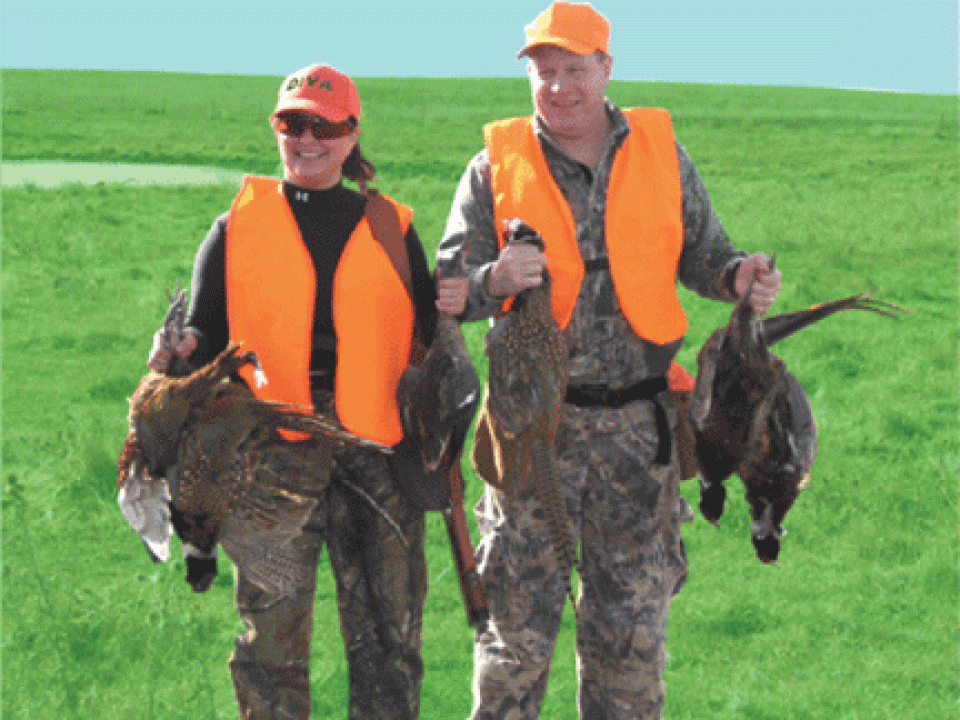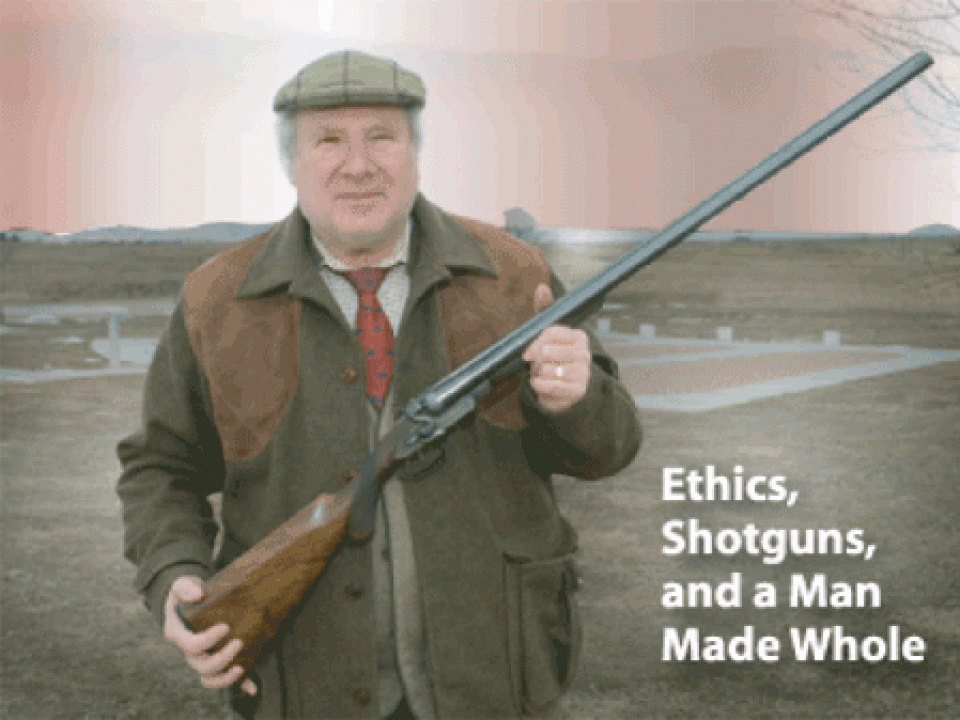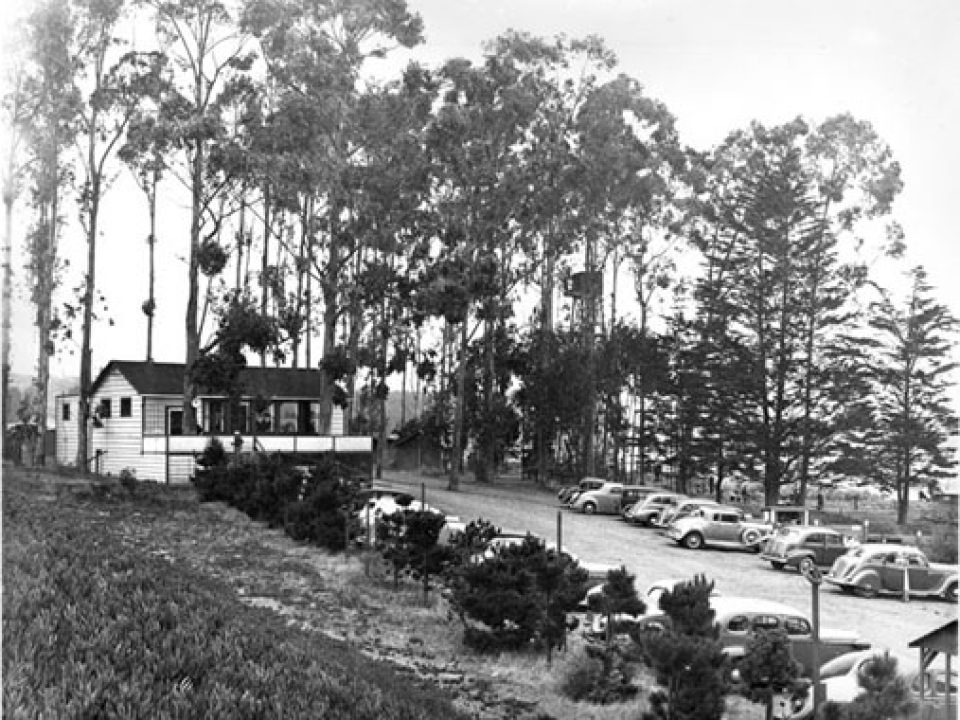by Hellen Lee-Keller, PhD.
I got up early on a frosty winter morning to prepare for my first duck hunt ever. Sacramento can get pretty chilly in the morning. I packed my new camouflage bag with snacks, camera, money, ID, and all sorts of other goodies that Holly told me that I’d need for our day out. After getting all geared up, I kissed my hubby goodbye and headed out the door.
Derek wore a bemused smile on his face as he watched his Los Angeles-bred wife march out the door carrying a camouflage bag and wearing a Ducks Unlimited camouflage cap on her way to help and watch someone shoot ducks out of the sky. In fact, that bemused expression has been rather constant on his face since before Christmas when I found out Holly is a hunter and that I wanted to become one, too.
Bugs and More Bugs
You see, Derek grew up in Georgia where lots of folks hunt. So the thought of his short, Asian, loudly articulate, and very prissy wife going out into the bugs (I hate bugs!), wearing camouflage (not elegant), and sitting-in-wait in the tall grass (more bugs, disgusting water, and God only know what else is lurking in there) just brings on too much cognitive dissonance.
But he is extremely supportive of all the hobbies that I pick up. Just the day before, he drove me around town, even though he was hung over, as I was searching for the perfect cap, bag, and hooded poncho (must be in shadow-grass pattern) to wear out on my first ducking hunting foray.
Would the Duck Scream Out in Pain?
As I was driving over to Holly’s lots of questions ran through my mind. How would I feel when Holly shot a duck? (While Holly, apparently was a bit worried that she’d drag my butt out into the wild and not shoot anything, I blithely had supreme confidence that she would. She’s determined that way.) Would it scream out in pain? Would it freak me out? How would I feel about eating snacks without being able to wash my hands first? Would I be cold? Would the repair on her spare set of waders keep the water out? (I hate cold, wet feet!) Would I get tired and bored?
Still mulling over these questions, I came up to Holly and Hank’s house. A cute ‘50s ranch-style sitting on a quarter acre. Holly took me into the back room where she had laid out several items for me to try on: her camo jacket, a face mask, cap and hood. She also brought along another sweatshirt, just in case I got cold.
Then she inspected my gear and was absolutely delighted with my bag. Just perfect, she said. I felt quite pleased.
Now the Waders
Then we headed out to the garage to try on the waders. Now I’m not sure if I mentioned that Holly is about a foot taller than I am. But the waders, being flexible, fit rather nicely and with the top of the waders snugly fitting under my arms; I felt reassured that if I fell into the water that I would be covered unless the water was very deep. She had already loaded up her car with the wheelbarrow, lots of decoys, and a bunch of other paraphernalia. Mountains of stuff. She tossed in the last of her items, and we headed off.
On the way there, we mostly talked about grading (both miserably procrastinating until the last minute–love teaching, hate grading), our jobs, our former jobs, and the other usual stuff when two academic women get together.
I also got to find out a little bit more about where she grew up. That was by accident. We were talking about the scenery of the Central Valley. It’s low and flat, surrounded by buttes and mountain ranges. It’s stunningly beautiful. And it’s always amazing to me to think that I’m living on the bottom of a sea bed that had dried out. Anyway, she was telling me how much she loves it and thinks it’s beautiful, in a way that I’ve come to recognize over the past year and a half.
Since Derek and I moved to Sacramento, we’ve come across many locals who extol the virtues of the Central Valley in a slightly over-earnest, too enthusiastic way when they find out that we’re from San Diego, and that I grew up in Los Angeles. At first it was a bit annoying because we are very happy here and couldn’t figure out why people assumed that we weren’t.
Then, we figured it out. People had a hard time believing that we actually like it here: their hometown, their home region. Yes, it’s an odd bit of chauvinism, but aside from the few exceptional cases, it’s also a sweet kind of chauvinism. They love it and they want others to love it, too, not in an obnoxious my-town-go-home sort of way but in the way that Holly was expressing it. Their love of the region. It’s nice to be living in a place where people take pride in it, but not to the point where they are overly protective.
Into the Refuge
All this to say that Holly lived for a part of her life, up and down the Central Valley region. This was before she became the urbane and sophisticated political journalist. So as we were both commenting on how much we loved the beauty of California, it struck me that I wanted to take a picture of the road up to Delevan National Wildlife Refuge. When I turned to the backseat to look for my camera, I couldn’t see my bag! To be fair, there was so much camo back there, it was kinda hard to sort through the various items to see it. But after much digging, it slowly and horrifyingly dawned on me that I might have left my bag at Holly’s. So, Holly pulled over at a rest stop and we searched. Sure enough, I left the damn thing at her house. When I told Derek about this later, he was amused and simply replied, “I guess the camouflage worked so well that you couldn’t see it to bring it.” I, on the other hand, was disheartened. My camera! My ID and money! My snacks!
Holly was unfazed and said that there was a convenience store where we could pick up some snacks and so we did. I had to also get a new cap. I had to trade my perfect cap that matched my perfect camo bag for a cap that was all-wrong and didn’t match anything. I’m sure you ladies will understand my sorrow. But, I have to admit that it was serviceable.
When we arrived, Diane, who runs the place, kidded Holly about being a “Bird Watcher” because apparently Holly had not shot many ducks at Delevan. So, she assigned us to Blind 2 because it had an average of 3 ducks shot per day. She was rooting for us.
When Your Back End Falls Asleep
Throughout the day I mostly I sat in on a camp stool, just an inch or two above the waterline with my feet dangling in or floating on the water, but toasty and dry. Now in case this sounds uncomfortable and miserable, it’s not. In fact, I fell asleep for a bit, sitting on the stool with the sun gently shining on me. When I was awake, I tried to be very still, but after several hours the back end starts to fall asleep. So, I would shift a little and try to be subtle about it.
Well, let me tell you, it did not deter the ducks. Because both times I was stirring on my damp seat, I saw Holly rise up, then BLAM! BLAM! BLAM! followed by a shout, “I hit it!” Next thing I would see was Holly wading out into the water to retrieve her kill.
Holly Gets a Widgeon
The first time this happened, I stood up in amazement. I hadn’t seen a thing! Once she reached the duck, she gently picked it up by the neck, gave it a few quick twirls to break the neck and watched to make sure it was dead. The first one had jerky nerve twitches, so she gave it a couple more twirls before she proudly held it up for me to see. It was a lovely, lovely duck. A widgeon, I believe. Beautiful coloring and good size. I was impressed. The same procedure happened the second time, but I was quicker to look up at the first BLAM! so I saw the second duck fall out of the sky.
Ducks, when they fall and if they aren’t killed instantly, fall to the water and float with their heads ducking into the water. No quacking, no sound. I wonder if it’s shock, I think it might be a way to cope with the pain of the injury. Our cat Lucy did that at the end of her life when she was in pain. She’d hide her head, quietly. So, I’m guessing that they are coping with the shock and pain. So, it’s kinda nice to think that hunters quickly retrieve their prey to finish the job immediately. It’s not like fishing where people toss the fish into a bucket after taking the hook out of them to keep them “fresher.” It always seemed like it must hurt and that they must be pissed off swimming in a cramped bucket with a giant wound in their mouth or throat.
When the sun set, we headed home. Once we got back to Holly’s we could take a closer look at the birds as we plucked and prepared them for the freezer.
The next part of hunting is plucking, cleaning, and gutting. It’s not that difficult and quite what I expected.
After we plucked all their feathers, I was simply amazed at how downy they are underneath. They were both grey underneath and reminded me so much of our little kittens. All soft and downy.
Hank had figured out that a good way to pull off the down is to wax them. Yes, ladies, just like your own legs. So, Holly dipped them both into a vat of hot water and paraffin and the ducks came out with a nice crust of wax. The wax grips onto the down so, as you pull away, it all comes off rather neatly. There are parts that you need to go over and pull with your fingers, but on the whole it comes of in strips.
I didn’t take pictures of the gutting, which is expectedly gory. But it’s pretty much what you’d expect, entrails and organs and blood.
So, after my first duck-hunting trip, I am looking forward to next season so that I can start hunting ducks. It’s too late in this season for me to get licensed, learn to shoot, buy a shotgun, and get all the gear. Holly and Hank are so enthusiastic that they think that, if I hurry, I’ll be ready to get in one shoot this season, but I’m methodical and I like to make sure I know what I’m doing. So, knowing myself, I’ll be ready for next season. In the meanwhile, if Holly is willing to bring along the noisy fidgeter, I’m ready to head out again.
Hellen Lee-Keller joined the faculty of California State University, Sacramento in 2006 as an Assistant Professor of Multi-Ethnic Literatures in the English Department. She holds a doctorate in Literature with a concentration on Cultural Studies from University of California, San Diego. She earned an M.A. in Humanities from California State University, Dominguez Hills. And she has two B.A. degrees in Fine Art and Women’s Art Practice and in French Studies from University of California, Santa Cruz and University of California, Irvine, respectively. She teaches courses that emphasize the intersections between race, ethnicity, sexuality, gender, and class formations in cultural production in the United States. Since she is currently searching for the perfect shotgun, light enough for a small woman to carry but powerful enough to get the job done, she will entertain all recommendations and advice. She can be contacted at leekeller@csus.edu.

